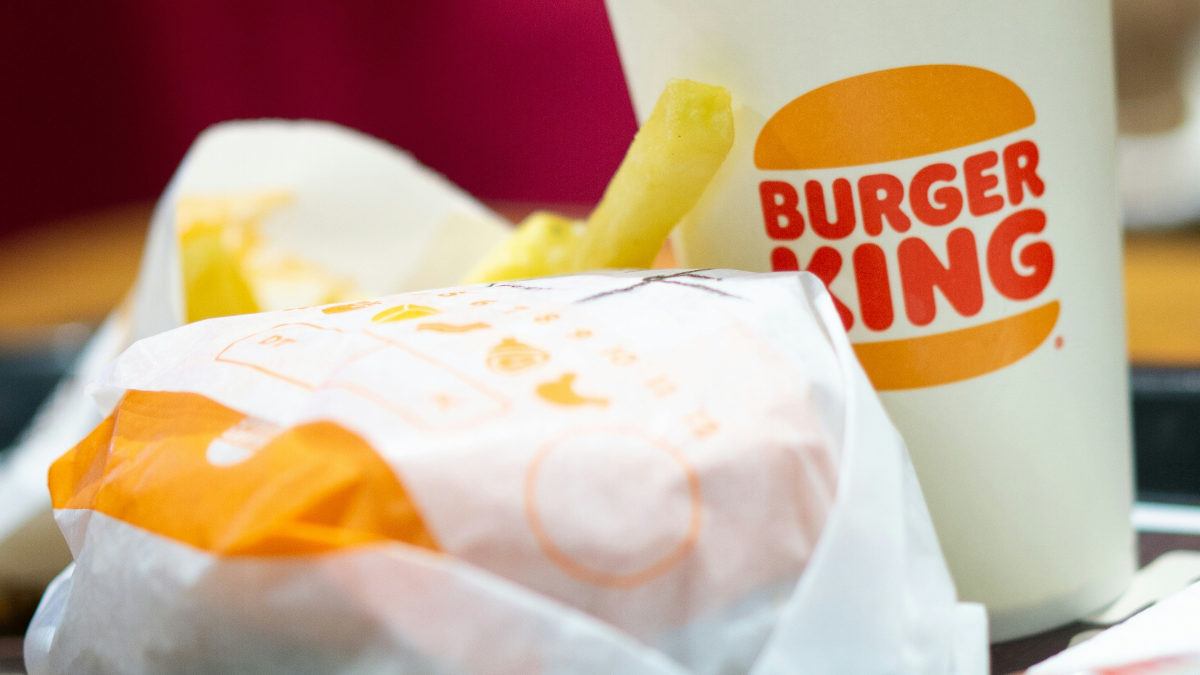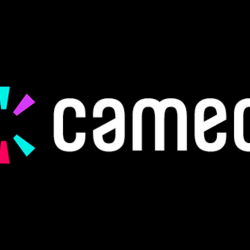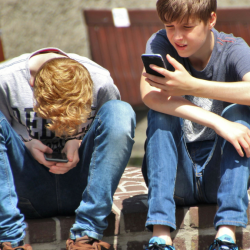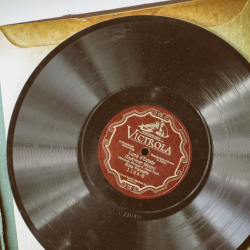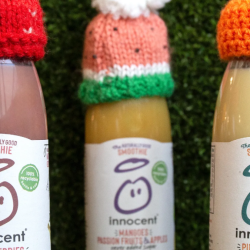Our lives are a curated ecosystem of choices; all of which can be represented by brands. While our brand choices may divide us, they also open the door for tolerance and diversity. Running parallel to each other, people and society are continually evolving — as are the number of brands in our world, creating even more opportunity for collaboration and acceptance.
The beginnings of brand choice
As individuals go through the phases of life, their identity evolves with each stage. Identities and values are provided by others at the very beginning, and become more fluid and chosen through development and adulthood.
Young children have few opportunities to shape or choose their identity. They are identified by simple metrics such as eye colour, weight, health, and time of birth. Their values are imposed on them based on their environments, mainly their parental figures. Self-expression and identity layers begin to develop during school. Unwittingly and wittingly, choices are being made — this is the creation of one’s identity.
People, places, things
Individuals bond with people, places, and things. Their identities evolve because their ecosystem of bonds change. Networks are expanded, places are visited, and knowledge is acquired. Choice is exerted.
One of the things we bond with are brands. Not just consumer brands, represented by a label on a product we can touch and hold, but the brands that people identify with; being a college graduate, a vegetarian, or someone practising a specific religion.
Previously, the population of brands of which people could bond with were fewer. Hundreds of years ago, religion was one of the biggest identifiers of self and identity, as well as nationality — the classic church and state. But the number of brands available for people to choose (from over the years to today) has become ever more diverse.
At present, it includes things like your favourite sports team, musician, cryptocurrency investment strategy, or lifestyle choice. Football has become a brand as important to some people as religion was in the past, with individuals devoting themselves to matches and coverage — that is their chosen brand. Other brands can be one’s political affinity or the organisation and company for which one works.
A melting pot of brands enables self-expression
Our identity is a much more unifying set of brand values than place of birth, ethnicity, or what we represent. In the workplace, religion and ethnicity no longer matter, as various backgrounds, experiences, and brands come together and mingle in the same ecosystem. It is a classic melting pot, where personal ecosystems and brands are cooked up together.
Individuals subconsciously and consciously nurture their identities. One can consciously choose a jeans brand, but subconsciously choose colours.
At work, we drop all ecosystems and submerge to others as the world evolves around us. Self-expression becomes fluid. SaaS, scaling, and start-ups are the focus in the office, but they are forgotten about straight after work. Every day we are surrounded by capsules, fluid interactions, and ecosystems that help us to develop choices. There are capsules formed around us that can be minimised and maximised.
The world is mingling, people travel, and with mingling comes interaction, the exchange of ideas, and the introduction of new brands. The world is constantly changing, and once immutable facts such as gender have now become mutable. Choices can be made. All these differences are also opportunities for curating an ecosystem of personal brands, which means it is easier to talk to certain individuals about one topic or another.
Individuals are no longer identified by few choices. The ability to bond with and identify with countless different brands is up to every individual. Self-expression and brand choice is fluid, and people are open to different choices and ideas. Tolerance for diversity is massively developed and acceptance of differences is proliferating, as the sheer number of brands that impact us continues to grow.
Featured image: Sushil Nash / Unsplash


























